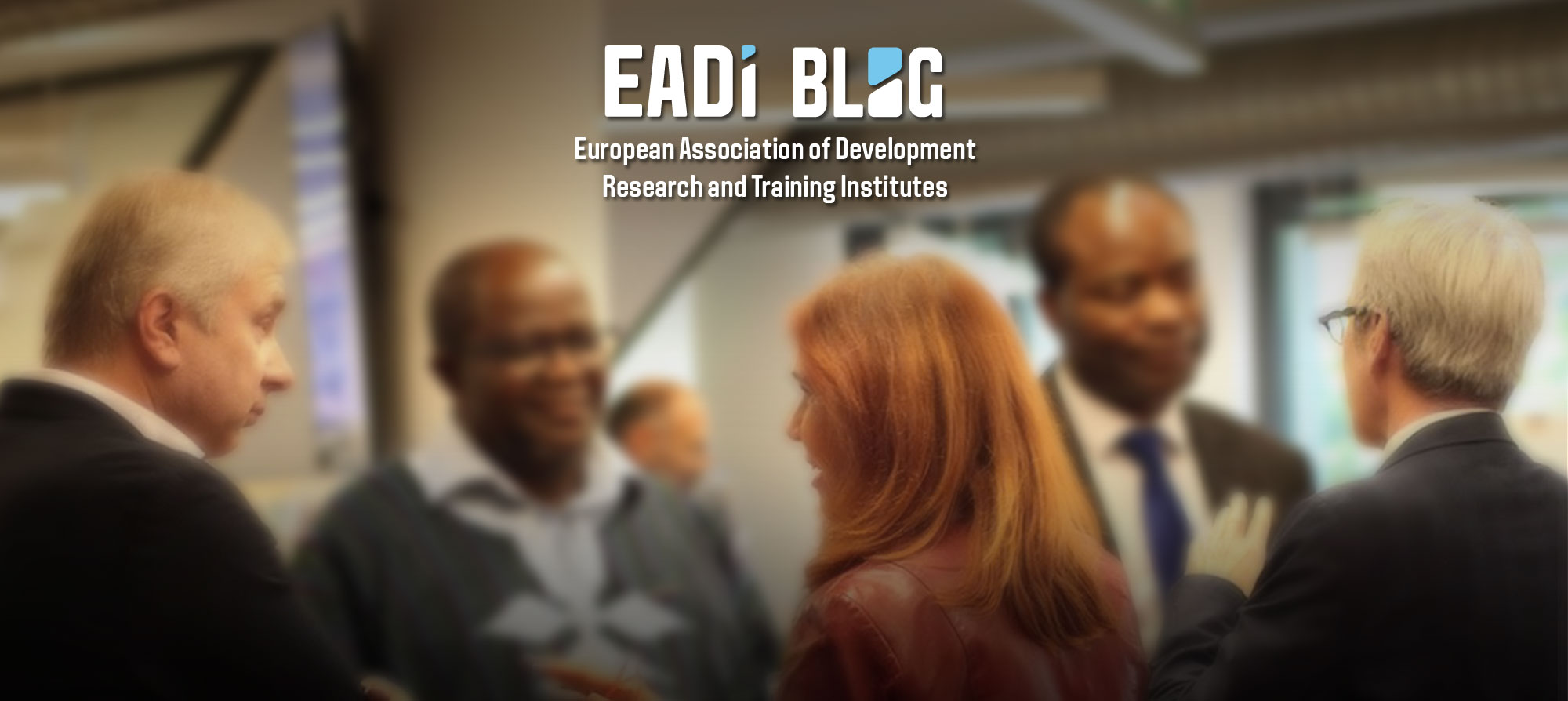By Basile Boulay
Can we set ourselves an agenda for a sustainable future without questioning the fundamental nature of capitalism? Researchers from the university of Leeds working on Greenhouse Gas Removal (GGR) recently published an article asking for the ‘Permission to Say “Capitalism’ in environmental research, correctly stressing that the structural features of capitalism have a direct impact on climatic issues. Other scholarly work, such as Raphael Kaplinsky’s new book Sustainable Futures – An Agenda for Action, prefers to avoid this frontal question by focusing on the nature of technological change and how some of its effects can mitigate the disastrous economic and environmental consequences of the global economic system, and eventually lead the way towards a sustainable world for all.
While Kaplinsky’s book starts with a reminder that ‘We live in perilous times’, I make the case here that, despite providing interesting insights into tomorrow’s technologies, his agenda for the future does not pay enough attention to considerations of political economy to ensure a smooth transition to sustainable and fair times. To talk about sustainable futures, the permission to say ‘capitalism’ is indeed required.
The crisis we are in
The first and best part of Kaplinsky’s book provides a fairly detailed overview of post-WW2 socio-economic development in the Global North, and how the latter was sustained through a ‘mass production paradigm’. It then points out the systemic flaws of this system, especially following the neoliberal turn of the 1980s which still predominates today. Kaplinsky does a good job at summarising some key issues of capitalism, such as the crisis in macroeconomic policy and the failures of quantitative easing, the tendency to create overproduction crisis, or the long-term decline in productivity in rich economies.
The effects of neo-liberal policies on the real economy, particularly on inequality and the excessive and seemingly unstoppable financialization of the economy, are also well-discussed. However, this description of a crumbling economic order is neither new nor the core of the argument. Instead, it serves the purpose to introduce Information and Communication Technologies (ICTs) as an alternative paradigm that could lead us to a sustainable future.
According to Kaplinsky, ICTs represent ‘a new disruptive and transformative heartland technology, equivalent in historical significance to the heartland technologies which have driven previous techno-economic paradigms’ (p.123). Without entering the debate as to whether this is actually the case or not, this quote illustrates well the kind of faith in technology that underpins the book. From data storage to computer-integrated production systems, from internet to big data, Kaplinsky provides a useful recap of the evolution of ICTs before entering the more difficult task to explain how ICTs may take us beyond mass production, and onto a sustainable path.
Searching for the political
To do so, Kaplinsky reviews the different capacities of ICTs and ‘their transformative potential and their capacity to respond to the economic, social and environmental challenges’ (p.134). According to him, ICTs provide for instance the capacity to revive productivity growth, to organise decentralised production, to customise products according to customer needs, or to foster communication in civil society. The problem with his argument here is two-fold. First, it heavily relies on the pros, carefully setting aside the cons, thus providing a biased picture of the effects of ICTs on society. One example arises in his discussion of ICTs’ effect on peer-to-peer communication that enhances civil society: He is of course right in pointing out that social media have permitted the spread of movements such as the Arab Spring in 2010 and in the following years. But in 2021, it seems hard to ignore the devastating effects that social media trigger in society alongside positive aspects. Problems abound, from individual issues such as teenagers’ mental health to global problems including inference in elections and democratic life, or the simplification of the political discourse, not to mention the existence of open platforms fuelling an uncontrolled spread of hate speech. This is all the more surprising, given that in other parts of the book Kaplinski rightfully points to the toxicity of ‘populist leaders’ such as Trump or Bolsonaro, whose toxicity is very much fuelled by social media.
The second and most important problem in his central argument on ICTs lies at a deeper level, namely that of the ‘political’. Readers with a critical background in social sciences will undoubtedly feel unsatisfied at the lack of engagement with the ‘big questions’ that intertwine climate change and politics. The exaggerated focus on the potential of ICTs leads to statements that often seem misguided and strangely unfit to the situation of climatic emergency we find ourselves in. To take a concrete example, Kaplinsky writes the following about cars: ‘Greener production systems reduce emissions during manufacture. The development of automated self-driving (or driver-assisted) cars reduces the attraction of personal ownership of individual vehicles, and Uber, Lyft and other car-sharing schemes allow for a much greater utilization of cars. Car ownership thus becomes socialized rather than individualized’ (p.139). But this focus on individual vehicles and behaviour ignores pressing political questions: why has the state in most developed economies largely retreated from public investment in collective infrastructure, notably rail infrastructure? Why are fiscal and other incentives benefiting individual car owners rather than community-based solutions? Why is it cheaper in rich economies like Germany to travel alone in a car rather than in a train, which we know pollutes considerably less? The list of unanswered questions could go and on.
The example above reveals the lack of a broader reflection on the nature of a ‘good life’, which is crucially missing in a discussion about our sustainable future(s). At this stage of knowledge about the devastating effects of the global economic system on both people and the environment, shying away from a discussion about the good life is a luxury we can no longer afford. Arguably, this question is now too big to be ignored, and at least some minimal level of engagement with debates around degrowth or sober consumption should be expected from a book which aims at providing an agenda for future generations.
In that sense, Kaplinsky’s views replicate the mistake most mainstream economic analyses make by giving too much credit (some would say by having too much faith) in technological progress without questioning the growth-focused mantra and its implications in terms of individual consumption for example. Discussing technological change is obviously necessary and ignoring its potential would be foolish. But equally important is the recognition that technology is not (ideologically) neutral and can have pervasive effects on society, especially when its regulatory framework is too weak and when societal norms still encourage, if not glorify, unreasonable levels of personal consumption. In this respect, the numerous human and social tragedies that mushroomed everywhere as the gig economy unfolded in the past years have made this painfully clear. From parcel deliverers missing life-saving health appointments not to lose their jobs to cyclists working in every weather to deliver food to our doors under obscene working conditions, many examples show that the numeric revolution is clearly not socially progressive. It is a pity that such questions are simply omitted from the book. Our reflection about technology needs to go hand in hand with that on the nature of work in today’s world, our consumption habits, advertisement strategies, social media, mental health etc.
The ‘how’ question
Kaplinsky is in fact perfectly aware that technology may not be able to do the trick, and this is where the other main weakness of the book lies: ‘Which fork in the road will we hurtle along? One direction will take us to a more sustainable world; the other is the road to environmental disaster and prolonged economic and social unsustainability’ (p.142). The deliberate choice made to ‘focus on the positive’ by depicting what a future and sustainable society articulated around these ICTs could look like if things went well, seems to miss the point. The pressing question, of course, is how. While we are urged to wait for the last chapters to find out how this can be achieved, a thorough answer to this question is not provided.
The last chapters, entitled ‘What’s to be done?’ and ‘Who will do it?’, continue to provide a (questionable) vision of a sustainable future, which at times sounds either simplistic (‘Instead of the environment being seen at a resource to be exploited, humankind will recognize our symbiotic interaction with nature’, p.176), or conveniently focusing on tomorrow to avoid today’s disturbing realities. On the latter aspect, one point stands out from Kaplinsky’s analysis, namely the unwillingness to engage with the nature of capitalism in its contemporary neo-liberal version. For example, when arguing in favour of heavier financial regulations, he writes that: ‘Reflecting the political power of the banking sector, policy makers failed to grasp the nettle and introduce structural reforms to rein in speculative financial capital and to reduce financial liquidity’ (p.181). Have policy makers really ‘failed to grasp the nettle’? Or have they deliberately encouraged the nettle to grow? Such arguments fail to recognise the active role played by the neoliberal state in sabotaging its own regulatory capacity since the 1980s, as was well explained by Dardot and Laval, among others. The release of the Pandora Papers a few weeks ago is yet another example of how an ever-more porous regulatory framework permits the expansion of financial fraud to an extent most of us would have thought unthinkable. It is not enough to say that the state has not ‘managed to’ control the unstoppable expansion of the financial economy at the detriment of the real economy. The truth may well be that states have actively encouraged it for ideological reasons, and perhaps this sums up the whole problem with Kaplinski’s book: while it provides interesting insights on future technology and what a sustainable life could look like, the absence of engagement with ideological and political questions nips further reflection in the bud. If we want to talk about sustainable future and the meaning of a good life, we have to talk about what’s wrong with capitalism.
Kaplinsky, R. (2021). Sustainable Futures: An Agenda for Action. John Wiley & Sons
Basile Boulay is Senior Executive at the EADI secretariat and holds a PhD in Development Economics
Image: Justin Luebke on Unsplash
Note: This article gives the views of the author, and not the position of the EADI Debating Development Blog or the European Association of Development Research and Training Institutes

